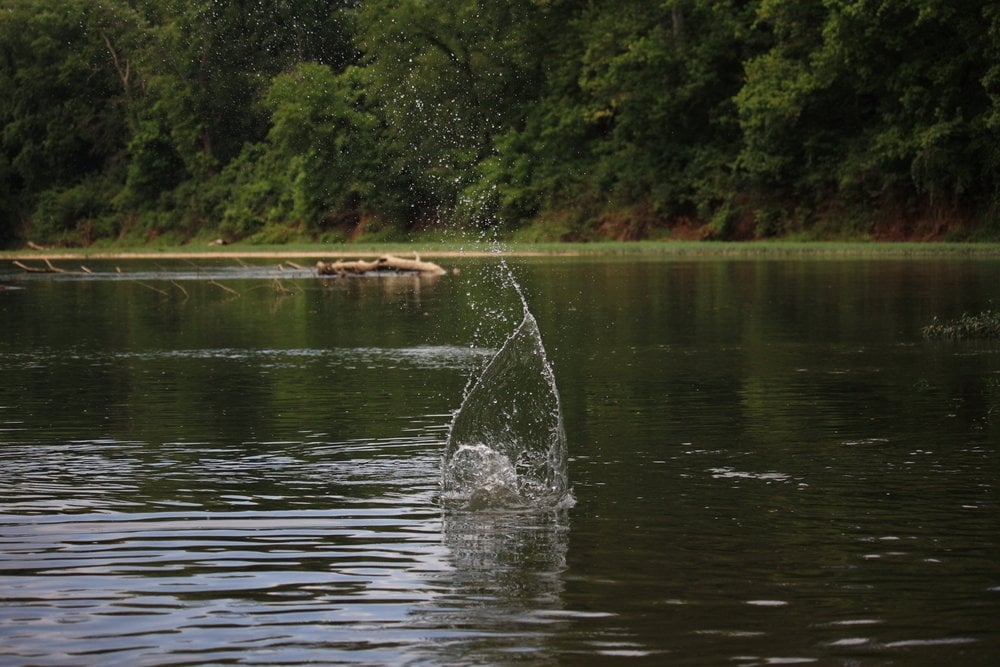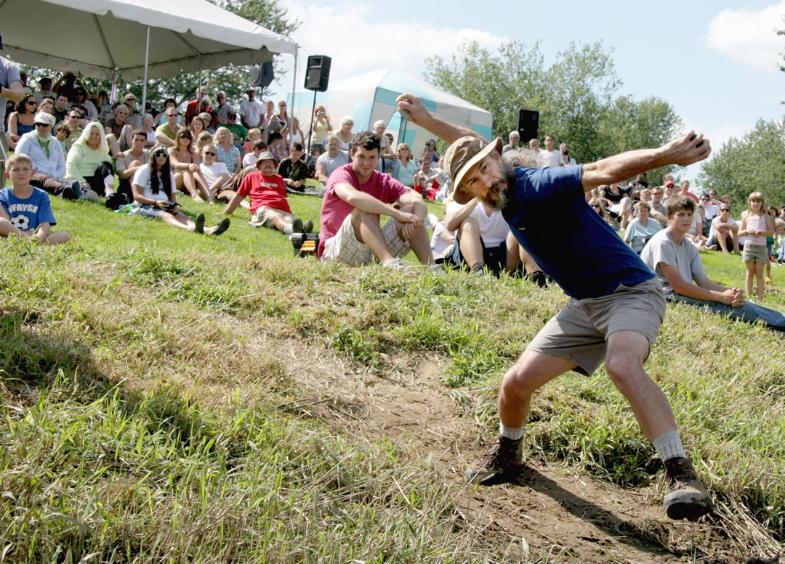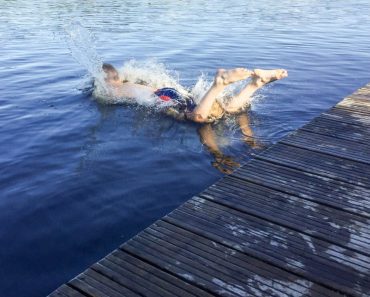Table of Contents (click to expand)
The stone skips across water because of the combination of the angle at which it is thrown and the speed with which it is thrown. The stone needs to have a certain amount of velocity to bounce off the surface of the water and the angle at which it is thrown affects how much velocity is lost when it hits the water.
If you’re the type of person who likes to have fun without spending too much money, then you already know that spending time in nature is the best option. The natural world offers endless amounts of its own resources for humans to consume, pollute (the worst reality of our global society), survive upon, and even play with. One such form of entertainment it offers comes in the form of a very ‘physical’ game – skipping stones.

Those who know about skipping stones or have done it in the past know very well that it is a strange combination of hard work and a whole lot of fun. You may look at people tossing rocks and thing they’re crazy, but it won’t be long before you’re also hunting for the perfect pebble to compete with the other stone skippers. Don’t be too jealous; they are throwing rocks, after all!
It’s amazing to see those stones skim across the water, seeming to jump 2, 5, or 12 times across the water’s surface. But how does it do that? What makes the stone skip over the surface of water without sinking after the first toss?
Recommended Video for you:
Skipping Stones: The Game
Before we go any further with the science of the game, let me first explain the game to those who don’t know much about it (where have you been?). Skipping stones is a simple game that involves two basic things; a stone (or a pebble or anything adequately flat with sufficient weight) and a body of water. By a body of water, I obviously don’t mean you should fill up your bathtub with water and start chucking rocks in it… I mean a sufficiently large body of water, like a pond or a lake.
As the name suggests, skipping stones involves doing your best to skip a stone off the surface of the water. What you do is find a flat-smooth stone and toss it at the surface at a low angle so that it bounces, rather than sinks, as it would if you threw the rock with a large arc. Ideally, the stone should skip more than once. First-timers usually struggle, but to be good at skipping stones, you need good stones and great technique. Be patient! The game is essentially who can get the most skips out of their stone. Anything over 4-5 is pretty good, but the best stone skippers in the world can get well into the double digits!
The Science Behind Skipping Stones
Now that you understand the game, let’s take a look what keeps the stone from falling through the surface of water and instead allows it to bounce off the surface repeatedly.
Needless to say, there are a number of natural forces at play here. The number of times a stone skips over the surface depends on a number of factors:
- The height from which the stone is thrown
- The angle at which the stone is thrown
- Nature of the stone’s impact with the surface
- Condition of the water’s surface
- The force with which the stone is thrown
Conservation Of Momentum
There is a principle in physics that dictates how two bodies react when they collide. It states that, “For a collision occurring between Object 1 and Object 2 in an isolated system, the total momentum of the two objects before the collision is equal to the total momentum of the two objects after the collision. That is, the momentum lost by Object 1 is equal to the momentum gained by Object 2.”
This simply means that there is no overall loss of momentum when there is an interaction between two bodies. In the case of skipping stones, when the stone touches the water surface, it pushes a small amount of water downwards, which also pushes the stone upwards. Assuming that the force with which the stone is pushed up balances against the total weight of the stone, there is a minimum velocity of the stone, above which it wouldn’t sink. This means that the stone wouldn’t bounce if it didn’t have the minimum required velocity (which depends on the weight of the stone).
More importantly, spin is what keeps the stone stable during its course of bouncing. This is why it helps if the stone is also rotating on its axis when thrown, as it stabilizes the stone against the torque of lift being applied to the back.
The Optimal Value
There is no optimal value for the speed with which you need to throw, but there is a value for the angle. It has been found that if the stone is thrown at an angle of 20° between the stone and the water’s surface, it has a higher chance of bouncing off. Also, a calmer body of water offers lesser external resistance against the bounces.
Clearly, there’s no time to waste! Dash to the nearest lake with a handful of round, flat pebbles and check out your technique and the strength of your arms. Also, just to set a standard for yourself, the record for skipping stones (in terms of number of bounces) is held by Kurt “Mountain Man” Steiner.

How many bounces, you ask?
88.
Better start practicing!













